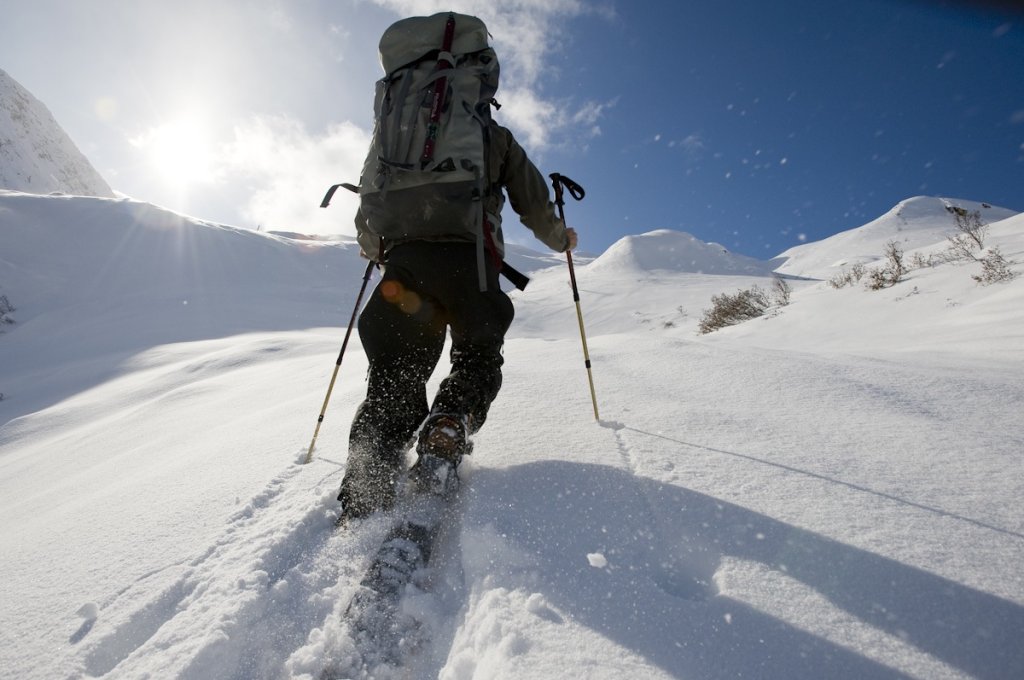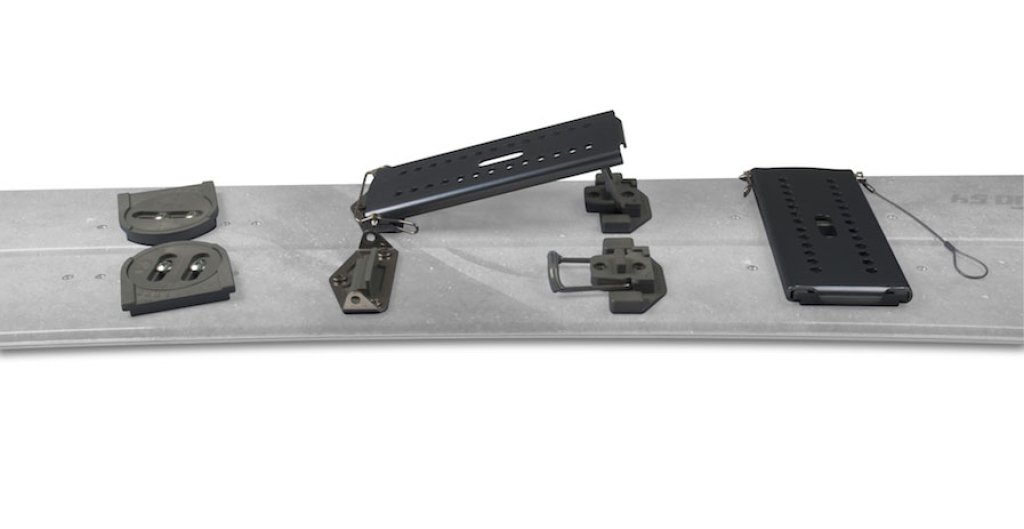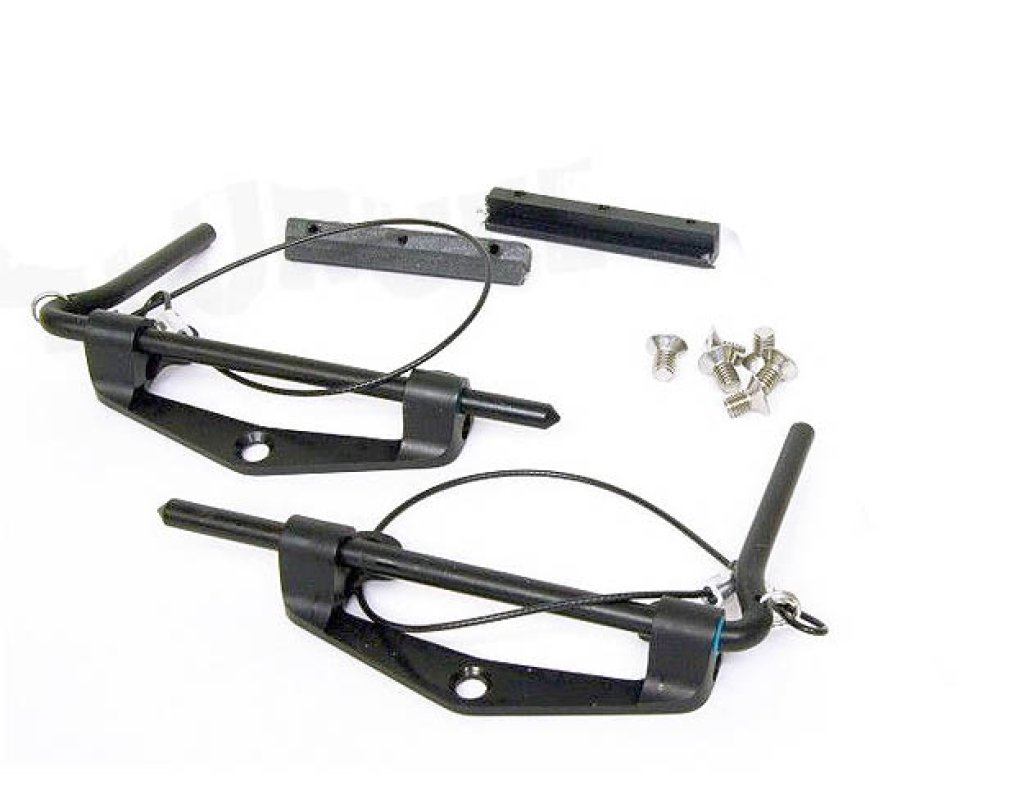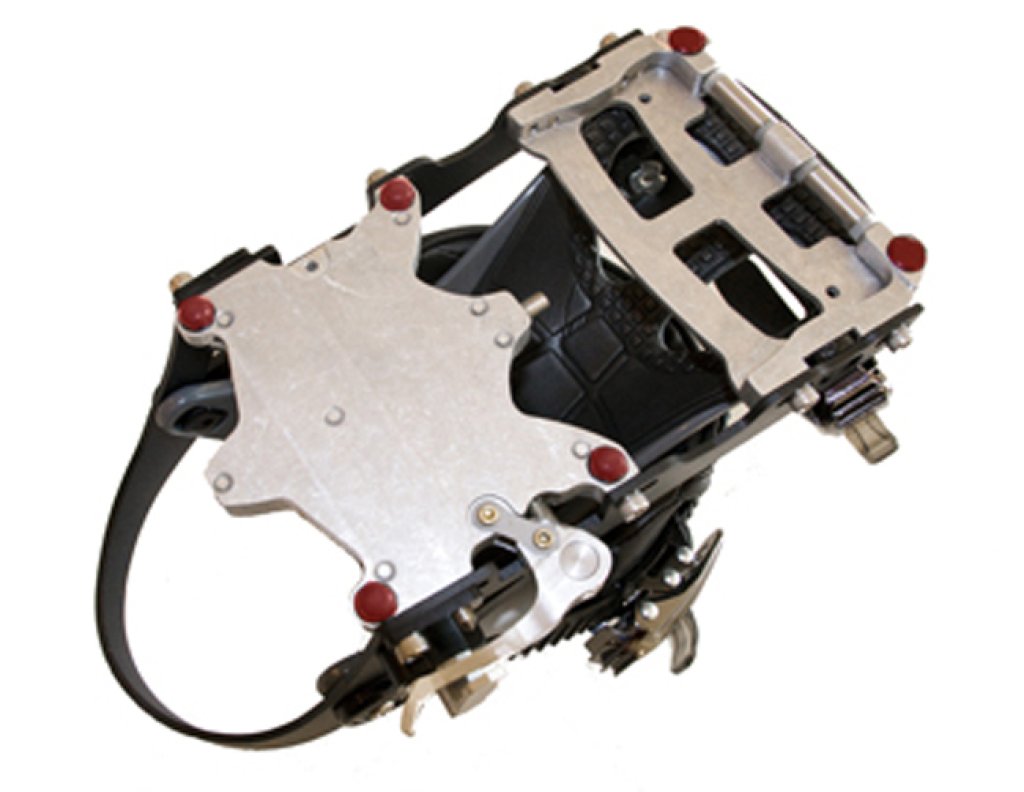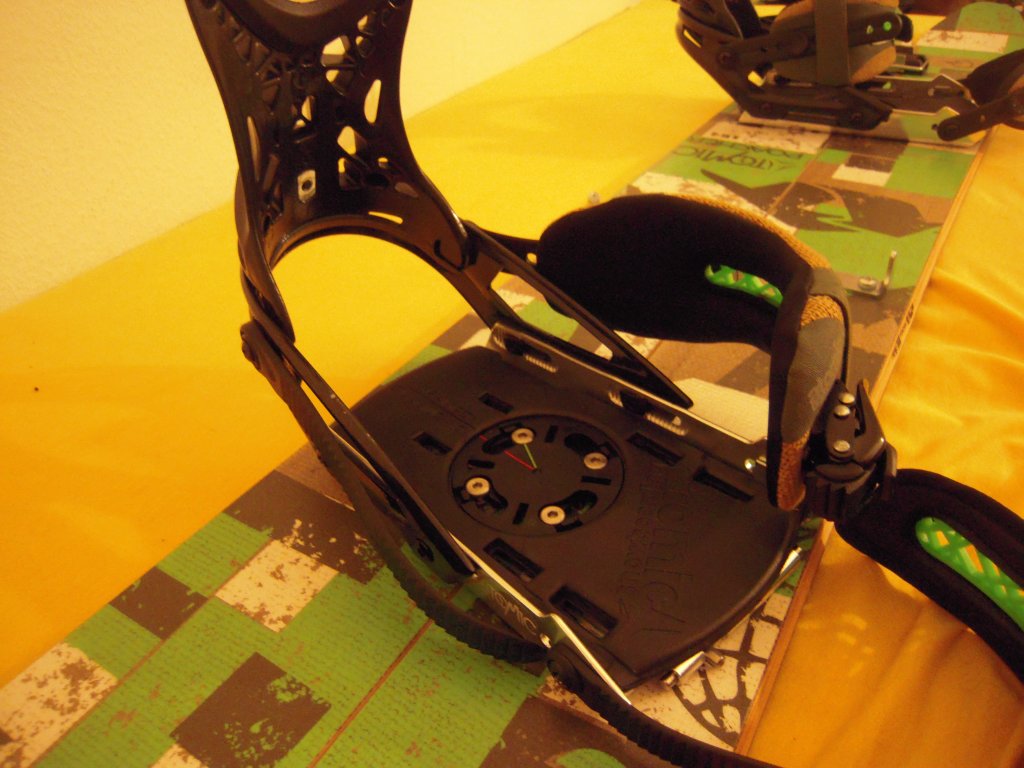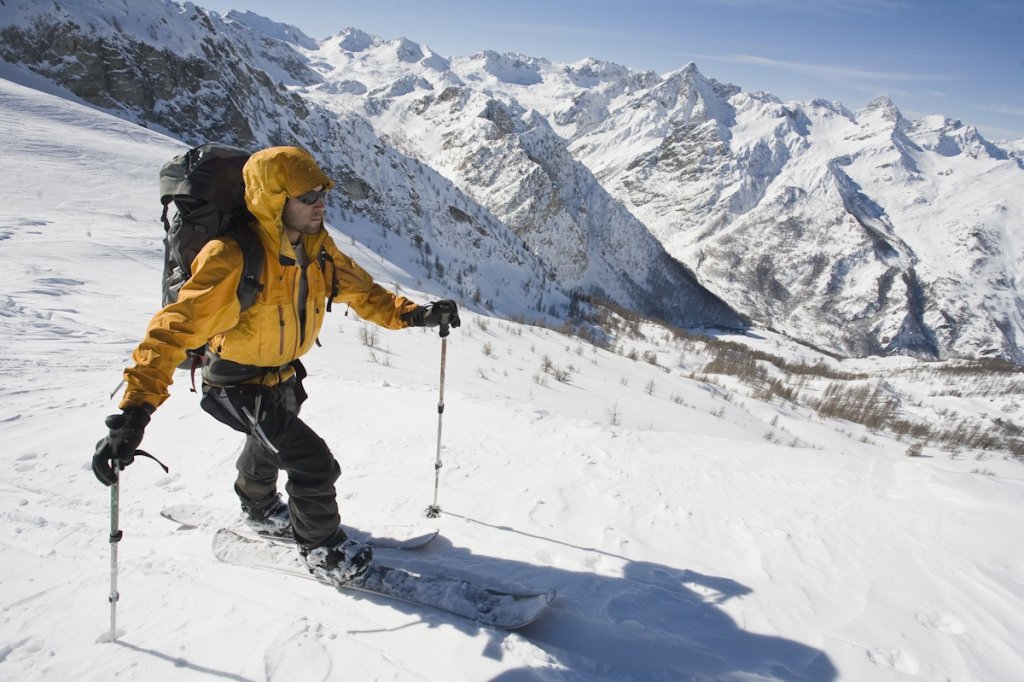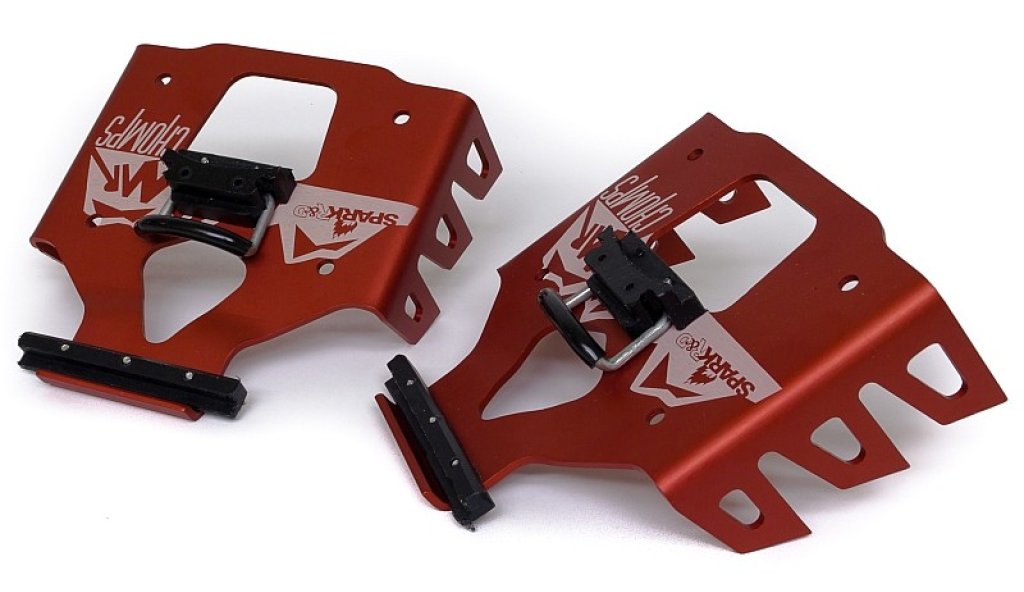Karakoram
In contrast to Spark R&D, which is based on the existing Voilé system, brothers Bryce and Tyler Kloster developed a completely new binding system, which they christened "Karakoram". Founded in 2008, their system is now available for purchase in its second year after an intensive test phase. While Karakoram already received a lot of attention and positive feedback in North America last year, the Karakoram hype has yet to really catch on in Europe. 2011 was an extremely successful year for Karakoram, which can be seen both in its winning the "Backpacker magazine Editors' Choice Snow Award" and in its collaboration with Jeremy Jones. Jones, who used Spark bindings at the beginning of his splitboarding career, has since been won over by the Karakoram system: "Over the last year and a half I have tested the Karakoram splitboard system extensively in some of the most challenging terrain in the world. By the middle of this past winter it was clear to me that it is the best system on the market [...]"
What distinguishes the Karakoram system from the almost perfect Voilé in combination with the Spark binding +LT pin system, what does it retain, what is supposedly worse?
Karakoram picks up on the improvements in terms of construction height and connection to the ski and is on a par with Spark R&D here in terms of the connection to the ski, perhaps even a tad more direct. The Karakoram crampons can also be mounted "on the fly". Like Spark R&D, Voile Lightrail and the classic Voilé setup, Karakoram has no loose parts that could be lost. Essentially, the new system differs in two ways. Firstly, there are the new connecting clips, which are used instead of the Voilé Chinese Hooks. They actively pull the board halves together and thus improve the stability of the board. This also applies to the entire system - Karakoram calls it "active engagement" for marketing purposes. Secondly, it is possible to switch from downhill mode to uphill mode without getting out of the binding, which is a particular advantage on longer tours with flat sections. This means you can quickly switch from downhill mode to ski mode and conquer the flat section in cross-country skiing style, whereas with other binding systems it takes considerably longer to change over. The carbon version of the bindings is also significantly lighter than the Spark bindings. At around 1400 grams per pair, they are currently the lightest bindings on the market.
Two videos illustrate the functionality and improvements of the Karakoram system
With so many advantages, there have to be disadvantages somewhere, don't there?
One disadvantage is undisputed, the Karakoram system is expensive: the system with bindings costs 599 euros in Germany. However, it is mainly expensive due to the fact that splitboards are always sold with a Voilé setup in Germany. However, when comparing the Karakoram system vs. Voile setup plus special binding, the price difference is no longer so great. Another disadvantage is the system's more complex structure with potentially more sources of error than the simple Voilé system and a greater risk of icing. So far, however, the system has proven to be stable and the theoretical disadvantages have not yet been confirmed in practice.


